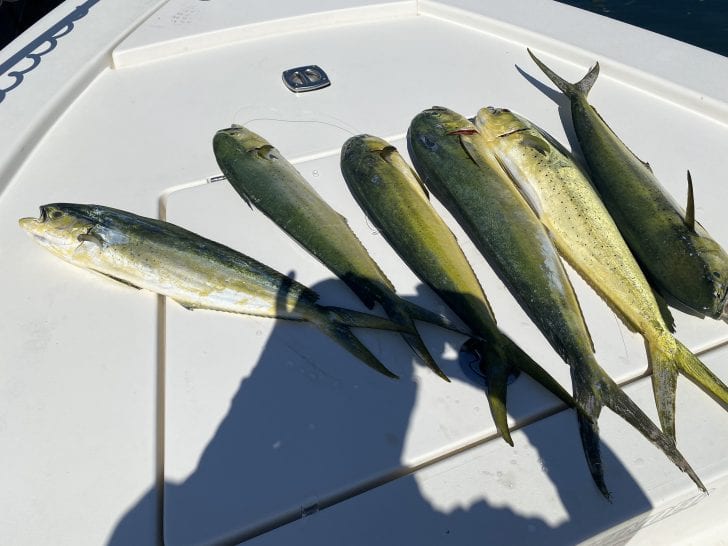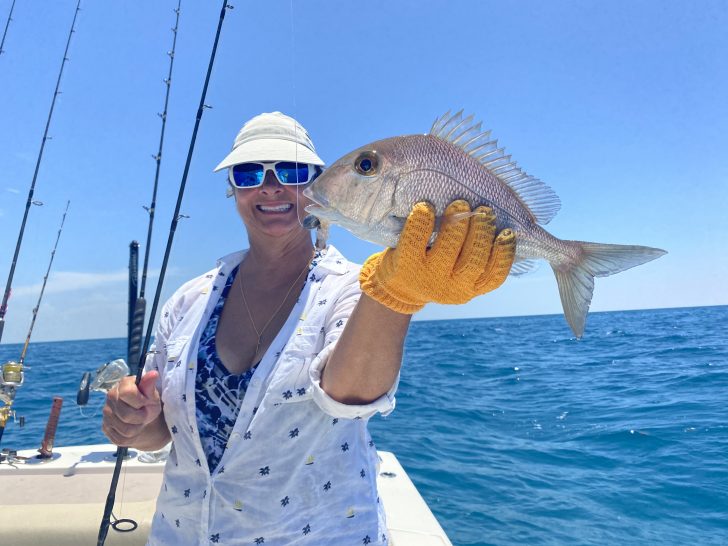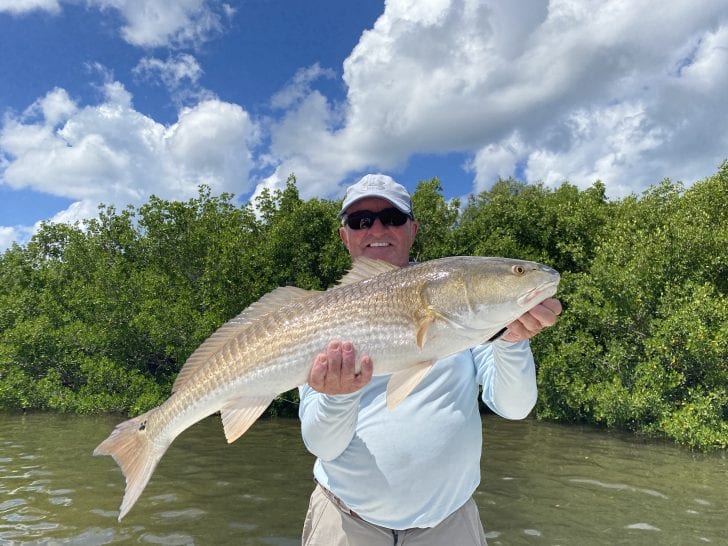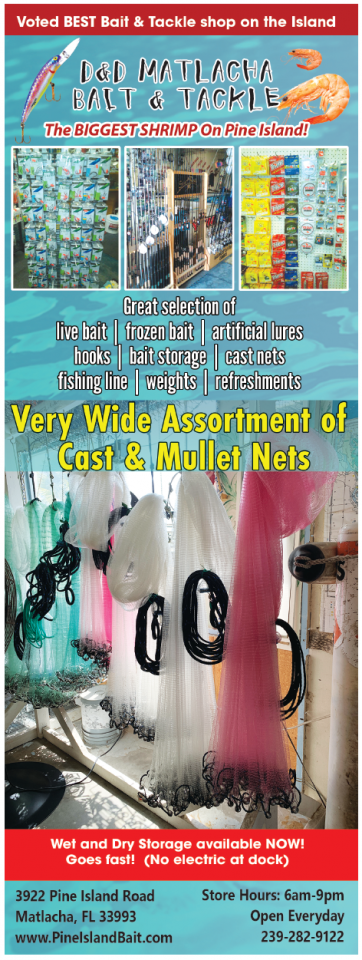With Captain Terry Fisher
Having the opportunity to fish many different venues in different countries, I now get a tremendous amount of satisfaction assisting anglers of all ages, that they too can be a successful angler from any ‘Port of Call’ around the globe. Like anything else, it takes some commitment and dedication to learn when and how, to be an accomplished recreational or professional angler. That is why I hire out as a ‘Captain for Hire’ on client’s vessels to share information, including techniques and locations that will make every eager angler successful. To keep on top of the game, I make efforts to travel to different locations around the state of Florida to learn, utilize, and confirm that both old school and new techniques work to insure successful fishing adventures for a variety of species, that demand much of the same methods and techniques to catch them, regardless of the geographical location. I have fished the Atlantic waters of Northeast Florida, Southeast Florida and the Keys as well as the Gulf waters from Steinhatchee, Cedar Key, Tarpon Springs, Tampa, St. Petersburg and extensively from Boca Grande Pass to Naples, all with success.
Saltwater species are my target prey and they come in two basic forms; ‘offshore’ and ‘inshore’, with varying techniques for both categories, depending on the species being hunted. Offshore; the Atlantic waters hold opportunity closer to shore for migratory species than do the Gulf waters. For example; the waters of the Atlantic have reefs in excess of 100’ depths within a ‘rocks’ throw of land. Conversely, the Gulf of Mexico waters require traveling a considerable distance to get to that same depth. While the species of reef fish are basically the same, the time required to get to the fishing grounds can be extensive compared to areas on the east coast. Additionally, less experienced boaters or owners of smaller vessels may be reluctant to travel so far out with no land in sight. Either way, fishing the Atlantic or Gulf waters requires a safe vessel sufficient to handle the elements as well as boater knowledge required to go and come back safely.
‘Reef’ and ‘migratory’ anglers will utilize the same techniques off either coast. Reef species require circle hooks off both coasts. However, drifting big jigs (2oz. – 4oz.) tipped with squid, pinfish, mullet or other presentations along areas of the seabed will produce large grouper, snappers, amberjacks and permit. Closer, offshore reefs normally produce smaller, very colorful, but tasty fish, such as; yellowtail, mangrove, mutton snappers, Key West grunts, red porgy and a variety of other species that produce a lot of pole bending action. Migratory anglers will utilize a variety of techniques for dolphin (Dorado/Mahi-mahi), tuna, billfish and wahoo. I prefer to keep it simple by trolling a ‘skirted’ ballyhoo behind the boat on the surface or by placing a line on a downrigger or wire line for wahoo and kingfish. I have purchased and still own a lot of expensive trolling rigs, but always have the most success on the basic ‘skirted’ ballyhoo set-up. Once I hook up a fish by trolling, I usually ‘chum’ up the area with cut bait and cast light tackle with cut bait on a hook in hopes of attracting more fish from the school. Otherwise; I simply look for diving birds and weed lines to chum, in hopes of finding a school of feeding fish.
Inshore fishing will be the same for both sides of Florida. Artificial baits all work at times, but I find the most effective way to catch the most fish is on live baits such as shrimp, pilchards, mullet and crabs. If one has the experience and the time, catching bait is rewarding. However, most all of the baits that I mentioned can be purchased at bait shops for the less experienced or less motivated anglers allowing more time for fishing, rather than looking for bait prior to fishing. Inshore species include tarpon, snook, redfish, seatrout, Jack crevalle, pompano and Spanish mackerel. They will all be found in the passes, on and around the flats, and up in the mangroves or spoil islands holding structure. Freelining 1/0-2/0 circle hooks or small jigs with shrimp, pilchards or crab will produce with a proper presentation in the areas mentioned. I like to utilize a popping cork with a weighted, baited jig suspended just above the seabed. Freelining bait, suspending bait, or placing bait on the seabed all work.
1st Mate Vicki and I just returned from Key West, fishing the Marquesas and the Florida Straits. Vicki is pictured with a variety of our catches over a 3-day period utilizing the techniques listed above for the different species. Anyone wanting to learn to catch fish anywhere in Florida should contact me and I will be happy to assist as ‘Captain for Hire’ on their vessel or on mine.
This is Captain Terry Fisher of Fish Face Charters LLC at www.fishfacecharters.com. Email me at fishfacecharters@yahoo.com or call me direct to book at 239-357-6829 and you never spend another day not catching fish!




